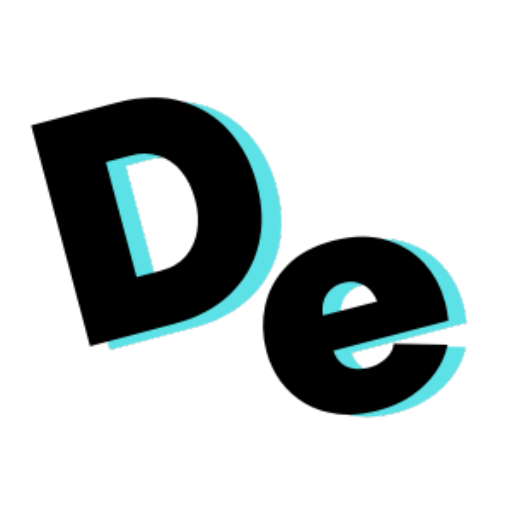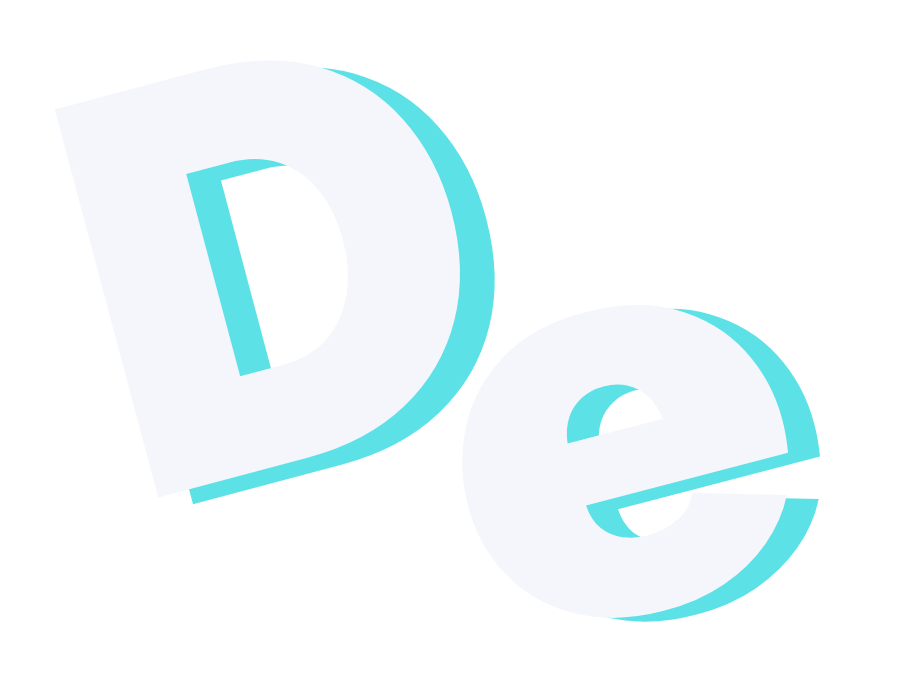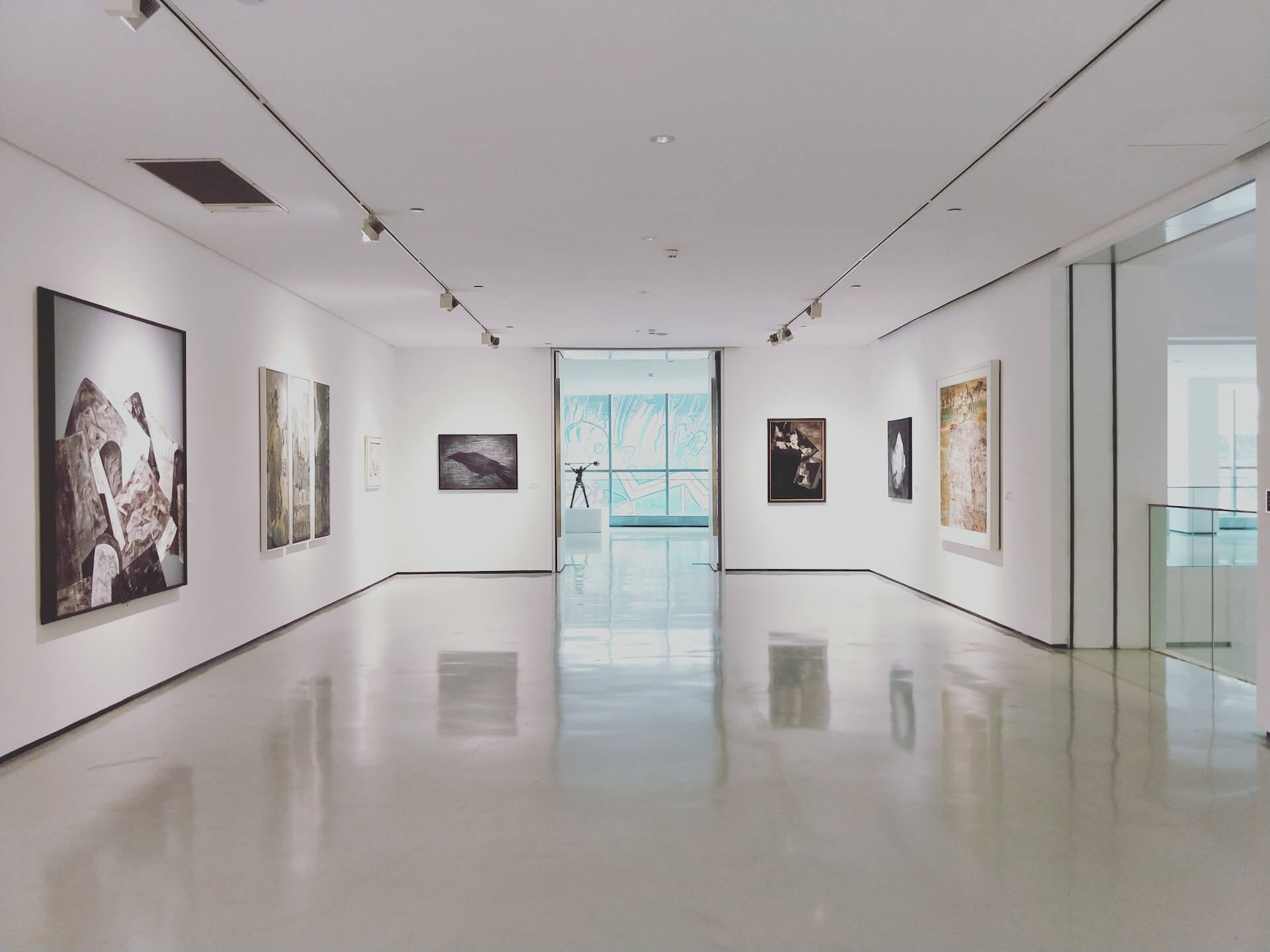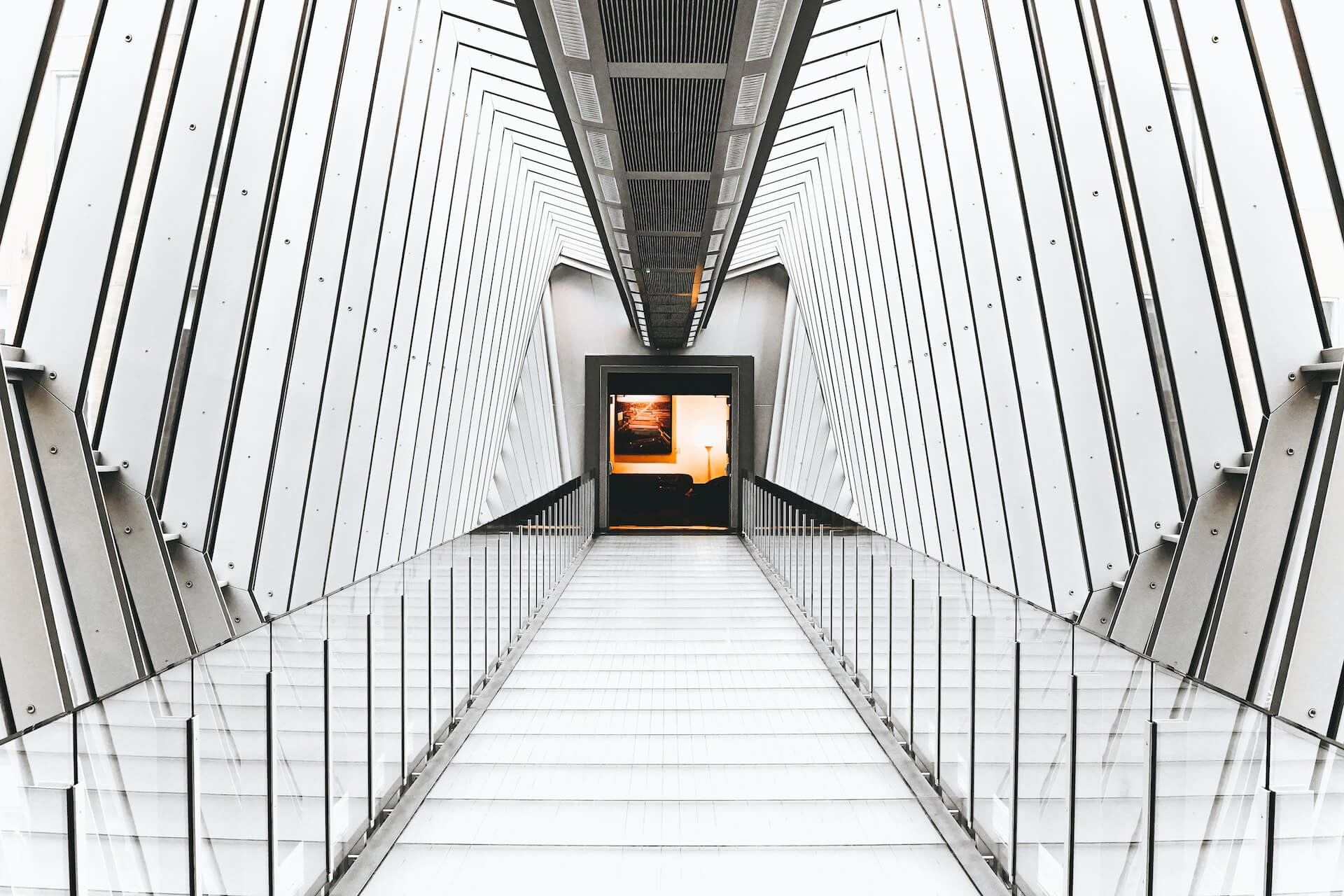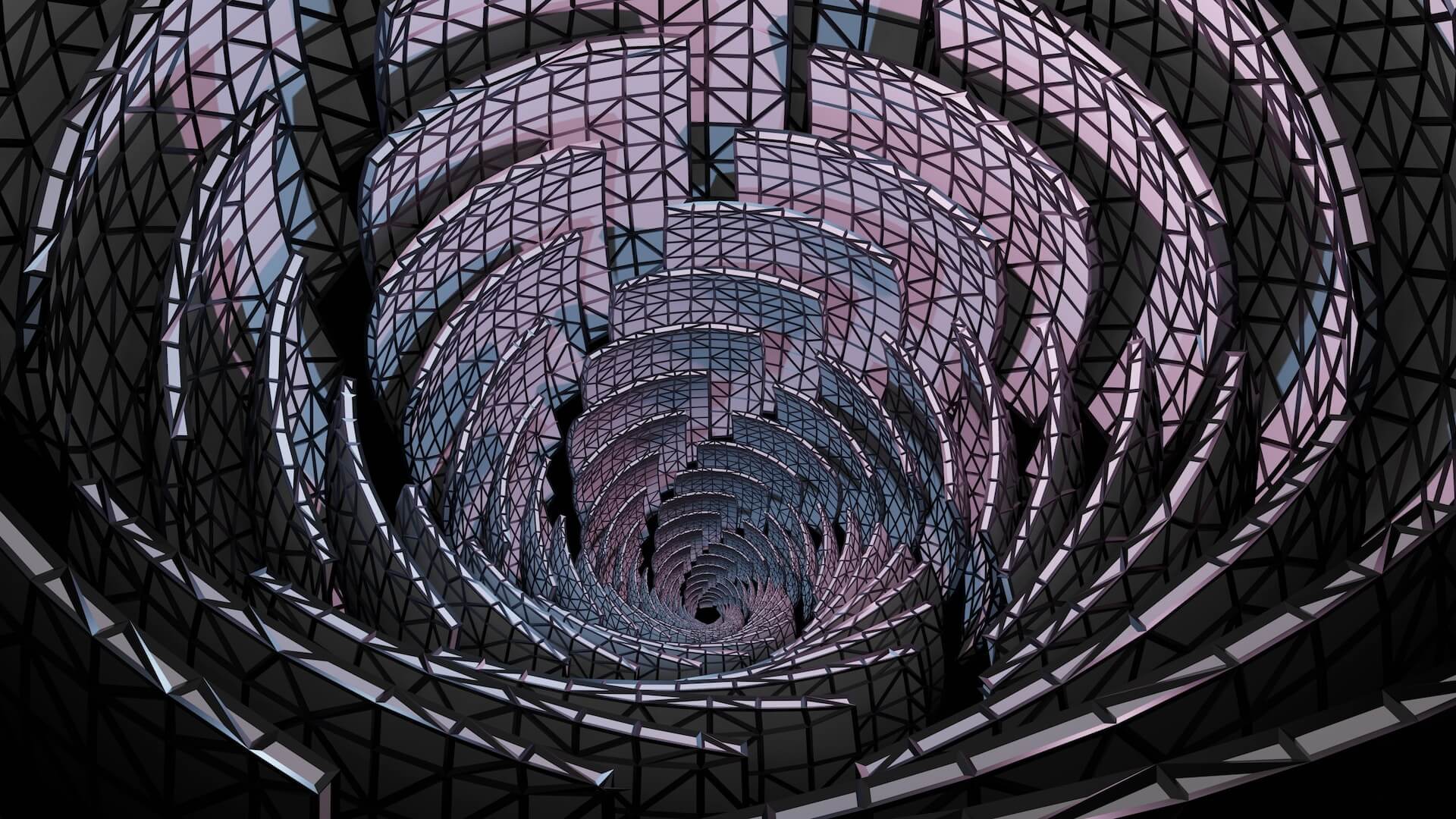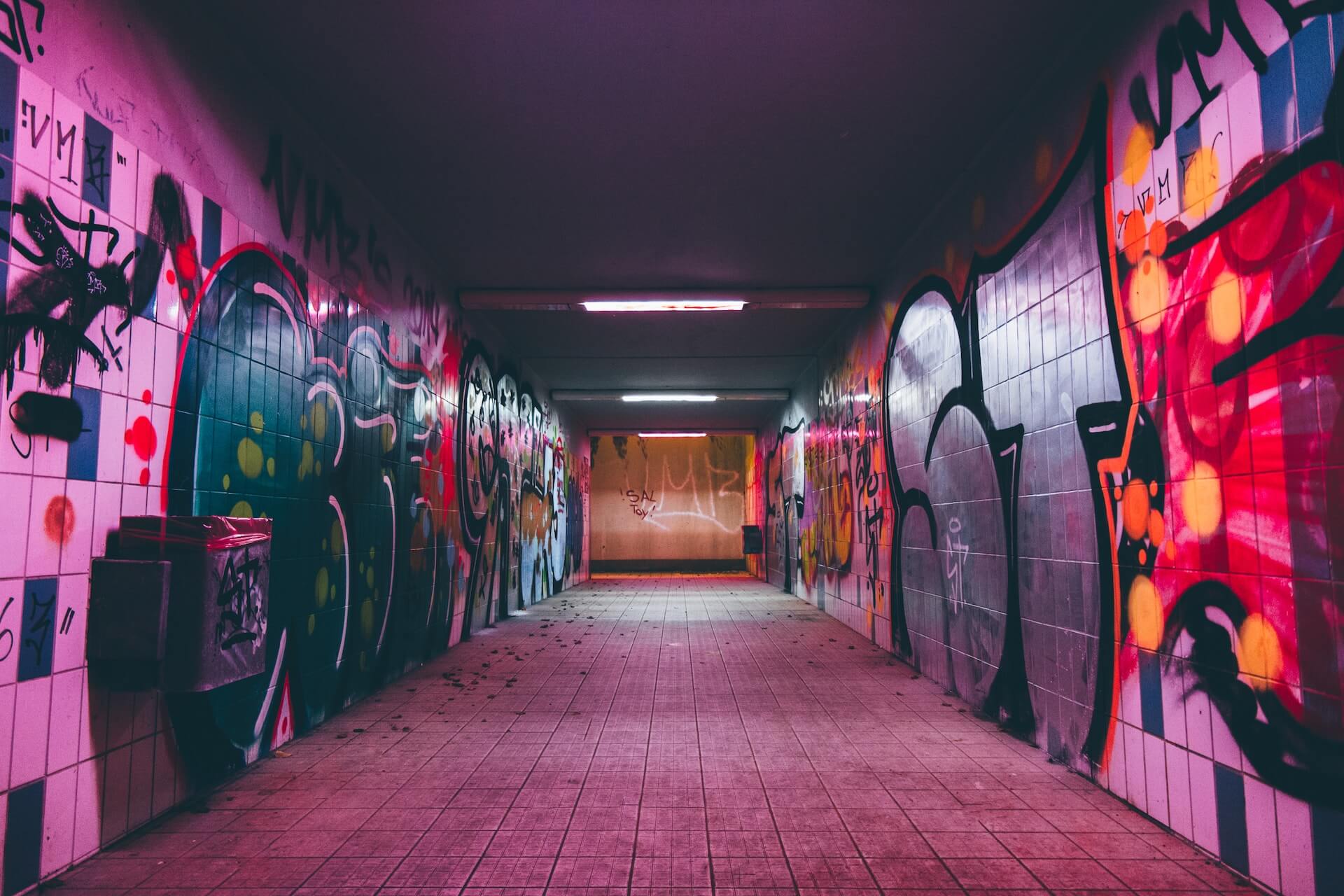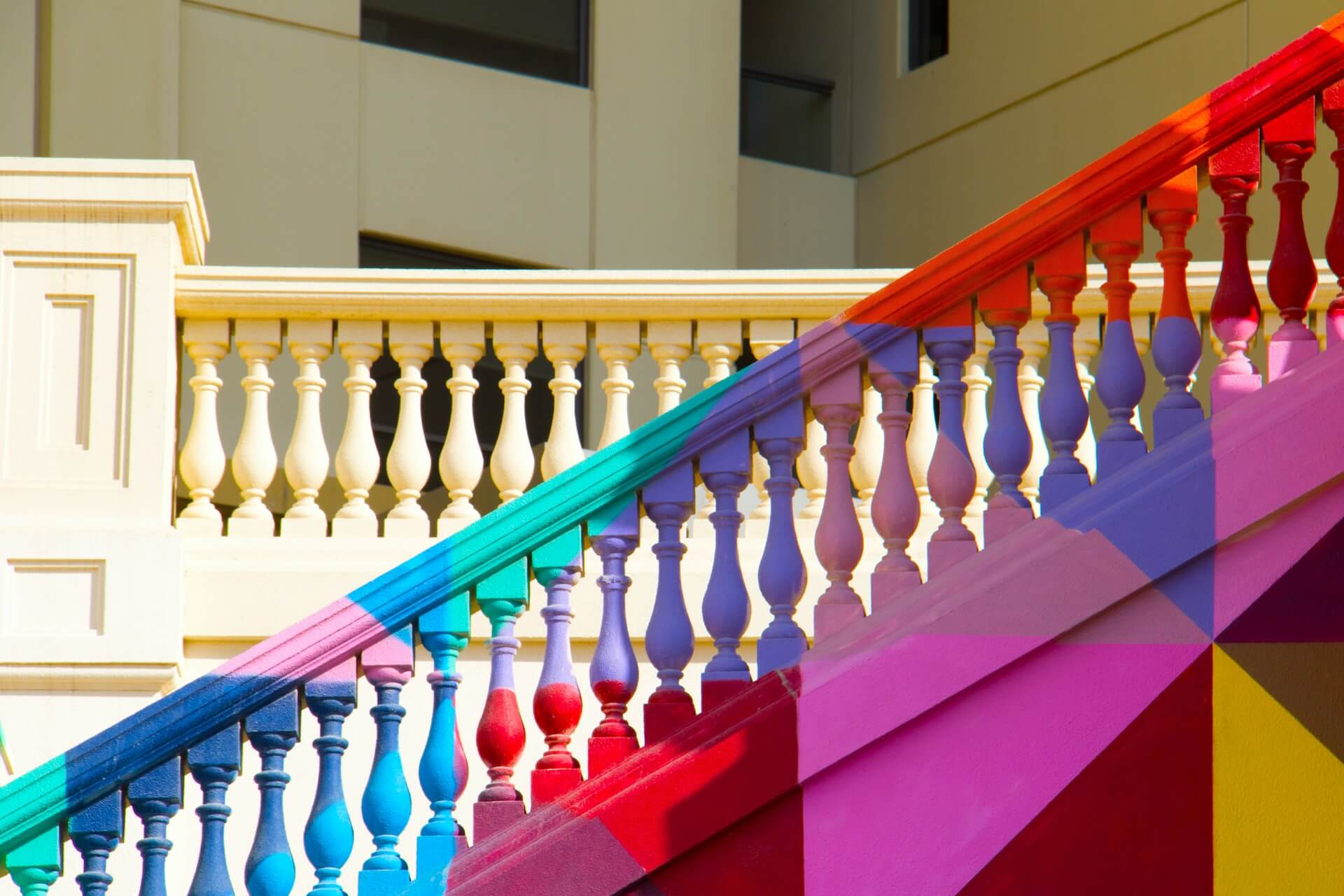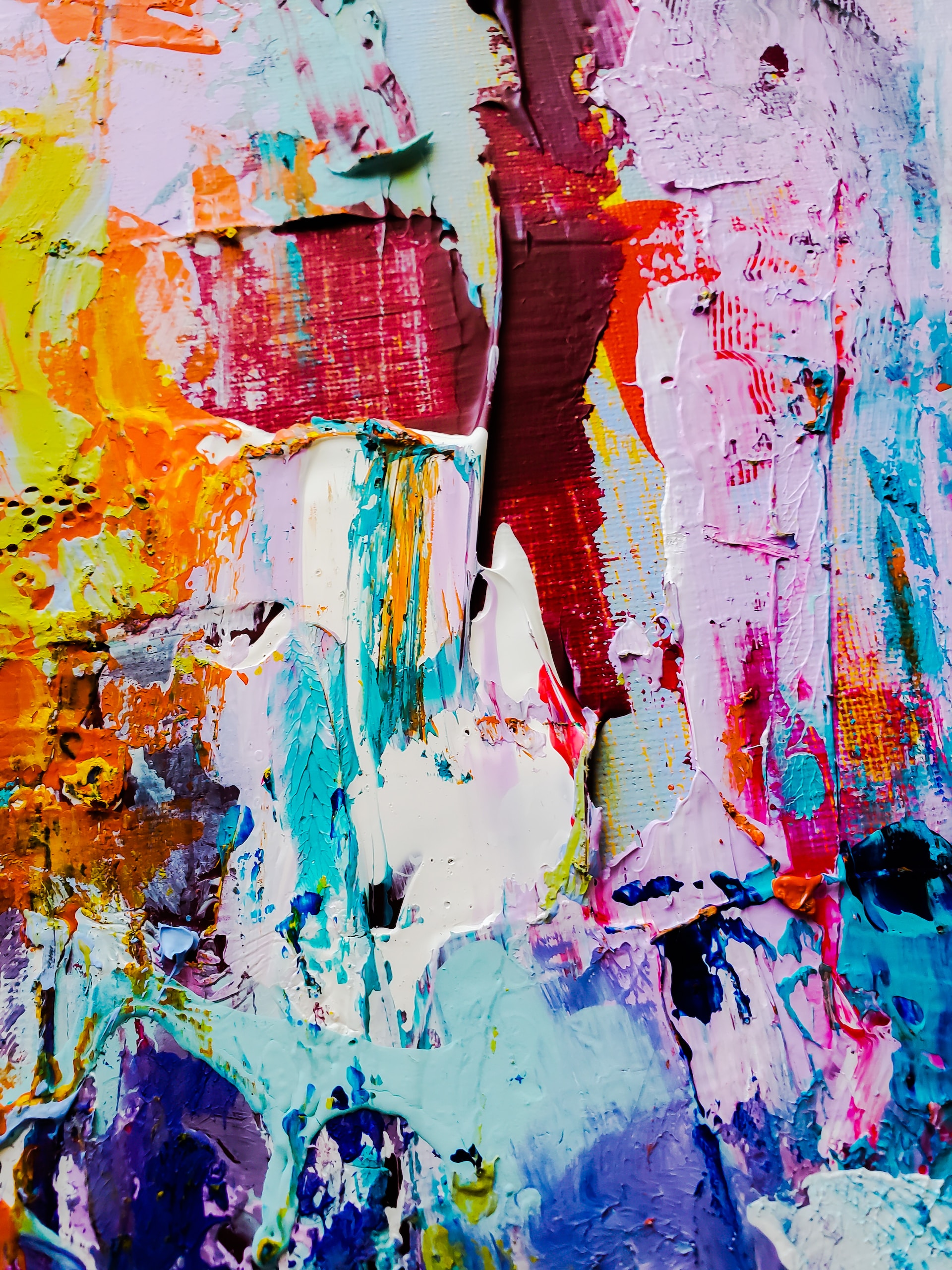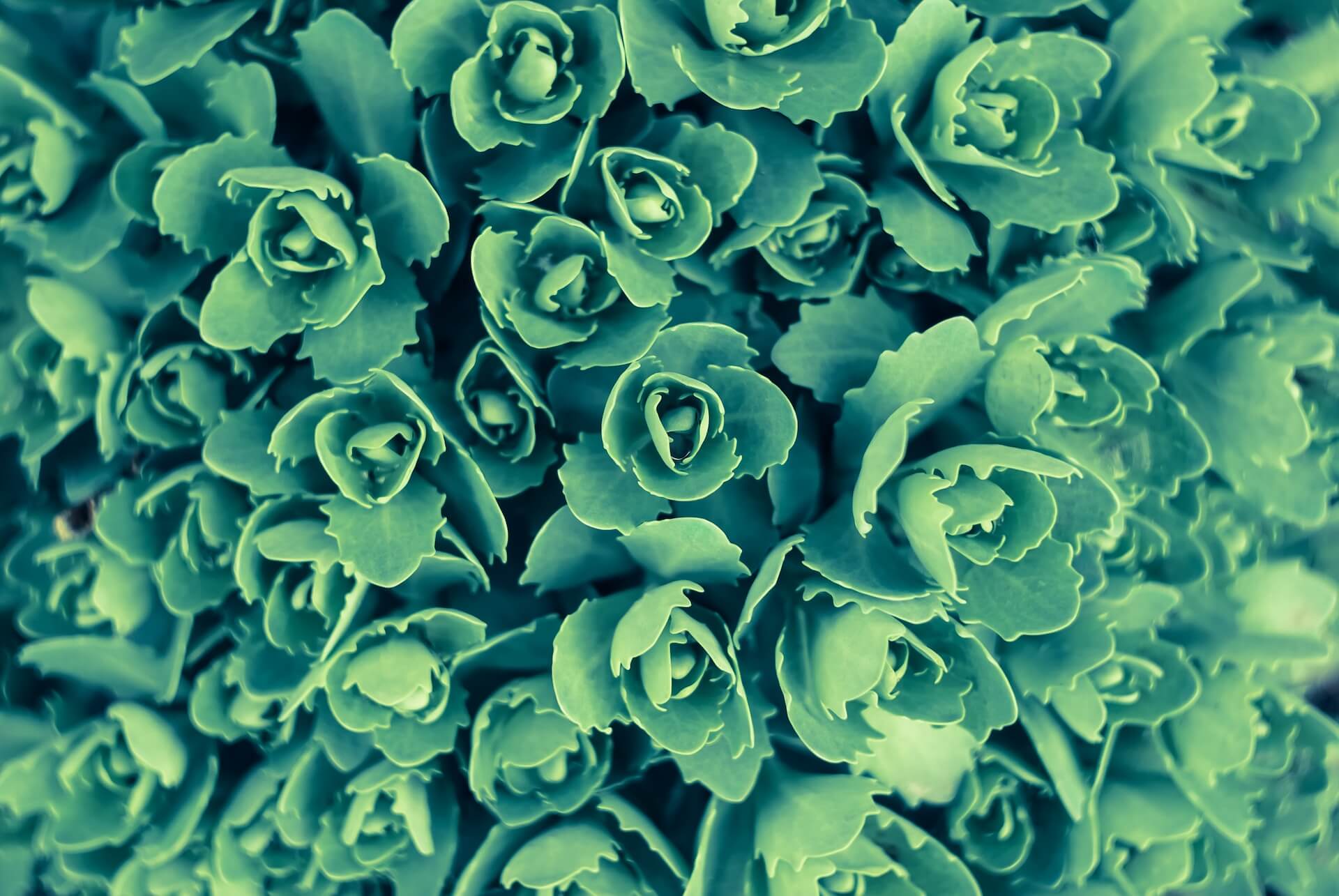
Are you looking to understand how colors can be used to affect emotions and behavior? Are you trying to tap into the power of color, so that you can market more effectively or create a psychological impact? Well, look no further. We have created this blog post as an informative guide which dives deep into exploring the various ways in which colors are able to manipulate emotions and behavior! From understanding the psychology of certain colors, tapping into views from experts such as psychologists and marketers, we explore it all in order for you to get a comprehensive overview about harnessing the potential of colors like never before.
Introducing the Power of Colors
Colors have an incredible power to affect our emotions and behaviors. That’s why color psychology art has become a popular topic in recent years. This philosophy explores how colors can influence our mood, actions, and even physiological reactions. One arena in which color psychology art is particularly prevalent is in the realm of art. Color in art can communicate different messages and elicit different responses depending on the choices of the artist. For example, the psychology of the color blue is known to promote feelings of calmness and serenity, making it a popular choice for peaceful landscapes or images of water. So, the next time you glance at a piece of colorful artwork, take a moment to consider how the hues are affecting you on a subconscious level. The power of colors is truly something remarkable.
Unveiling the Psychological Perspective of Colors
Have you ever noticed how certain colors can affect your mood and emotions? From the calming effect of blue to the vibrant energy of red, color psychology in art has been studied for centuries. In fact, artists throughout history have used color in their work to evoke specific emotions and experiences from their viewers. But what is it about color that has such a powerful impact on our psyche? Art in color is more than just eye catching, it can have a profound effect on our mental state. By unveiling the psychological perspective of colors, we can begin to understand how different shades can have unique effects on people. So, next time you admire a painting or decorate your home, consider the psychology of the color blue or any other shade that speaks to you. Who knows, it might just help you feel a little more centered and calm.
An Overview of the Color Wheel
Color is an incredibly powerful tool when it comes to communicating emotion, tone, and mood. The art world well understands the importance of the color wheel, as it is the foundation upon which color psychology in art is built. The relationship between color and psychology is complex and nuanced, and the color wheel is the key to understanding it. In art, color can help convey a sense of depth, space, and movement. For instance, blue is often associated with calmness, serenity, and relaxation which is why it is often used in meditation spaces or bedrooms. Understanding the power of color when it comes to art can help you create more meaningful and impactful pieces that evoke the moods and emotions that resonate with your audience.
Exploring How Marketers Have Been Using Colors To Craft a Certain Message or Mood
Marketers are no strangers to the power of art and its ability to evoke emotions. By using color psychology in art, marketers have been able to create moods and messages that resonate with their target audiences. Color in art has been used for centuries to convey meaning and express emotions. It’s no wonder that this tactic has been transferred to the world of marketing, where the use of color is carefully considered for its impact on consumers. The psychology of the color blue, for instance, is often associated with feelings of trust, loyalty, and calmness. Marketers have found ways to utilize this knowledge to create branding that is both attractive and speaks to the emotional needs of their customers. In short, color can be a powerful tool in crafting a marketing strategy that not only appeals to the aesthetic senses but also engages on a deeper emotional level.
Psychologists and Marketers on Best Practices When It Comes to Utilizing Color Psychology
Color in art is a critical tool and often vastly underestimated by many marketers when it comes to inspiring brand loyalty, creating memorable communications, and inciting purchases. To ensure that marketing campaigns are successful, efforts should be made to tap into expert views from psychologists and marketers on the best practices for utilizing color psychology in art. Understanding how color affects human psychology can make a significant difference in improving a brand’s image, sales, and customer experience. Psychologists and marketers agree that color is a powerful tool that can evoke emotions and influence consumers’ behavior. One of the most interesting findings is that the color blue has a calming effect on consumers, making it a popular choice for brands within the healthcare industry. It’s essential to understand the impacts of color psychology in art, as well as the role of color in art. By doing so, marketers can utilize the psychology of color to make informed decisions about how to present their brands in ways that directly speak to their target audience.
Colors are a powerful way to connect emotions and ideas in art, and it is no different in marketing. By understanding the psychology behind colors, businesses can create more impactful designs that evoke a desired response. For instance, blues and greens convey a sense of reliable security while warm tones like yellow indicate spontaneity and fun. This speaks to how versatile color psychology truly is, with many aspects to consider depending on the context and goals. It’s clear why so many companies have adopted this concept by leveraging colors in the right way, they can amplify their brand messaging and evoke strong emotional reactions from their target audience. In short, color psychology is an incredibly valuable tool for any business looking to attract more customers through effective visual communication.
